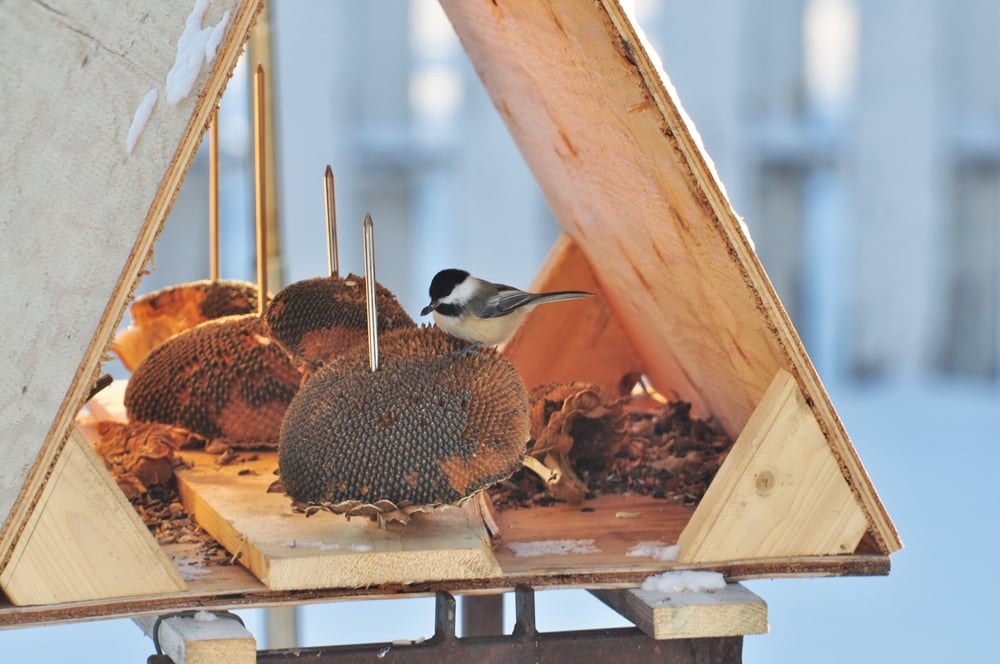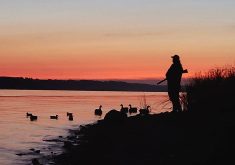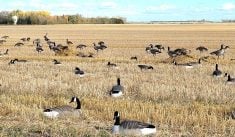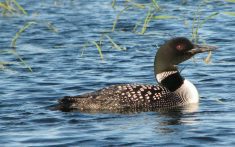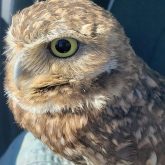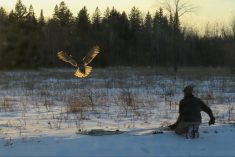Whether you’re a newcomer or a longtime participant in the joys of watching and feeding birds, the hobby can offer months of enjoyment and education.
These COVID times seem to have prompted more people to take up both birdwatching and bird photography. Winter’s arrival brings changes to these pastimes but those who feed birds have the best opportunities to practise both.
Although bird species that overwinter in Manitoba are limited, it makes their identification somewhat easier. It can also be exciting when an unexpected bird shows up at the feeder.
Read Also
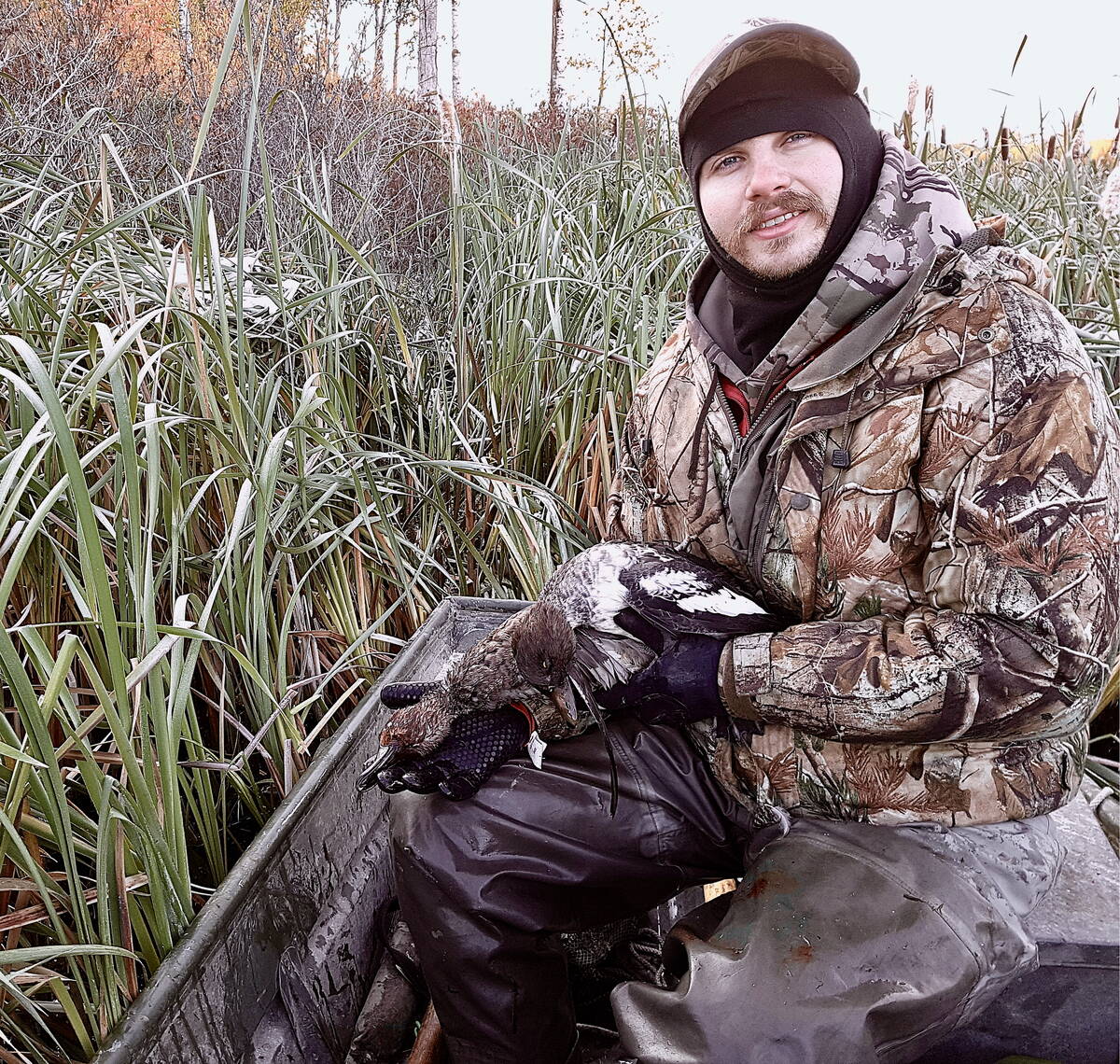
Mastering Manitoba’s late-season bird hunt
Manitoba hunters still have plenty of hunting opportunities left in fall 2025 for grouse, partridge and even waterfowl like ducks and geese.
Black oil sunflower seeds are the best food to offer. Nearly all our winter birds enjoy these. They can be purchased at a pet food or gardening store or at most hardware stores. Or, if you live near a farmer who grows the black oil variety, you might be able to buy them direct. Stores also sell bags of mixed wild birdseed, but these mixtures contain a lot of waste seeds.
Chickadees, nuthatches, downy and hairy woodpeckers, finches and house sparrows all love sunflower seeds. A patient bird enthusiast can sometimes attract chickadees and nuthatches to eat from the hand.
Nearly all these birds also enjoy suet or suet cakes. Suet cakes can be purchased and sometimes they are well used, but often birds are not overly fond of them.
I find that chunks of beef fat from a butcher will attract the species mentioned above. Even more popular are homemade suet blocks or suet logs, which are logs with holes drilled in them and a suet mixture stuffed into the holes.
My usual recipe for a suet mixture, with amounts that can be varied, is:
- 1 cup melted suet or lard (not too much melted bacon fat because it is too salty)
- 1 cup peanut butter
- 2 cups quick oats
- 2 cups cornmeal
- 1 cup flour
- Shelled sunflower seeds
- Crushed peanuts
If blue jays come to your yard, you can offer raw, unsalted peanuts in the shell. I usually put out a few every morning and they’re quickly snatched up. You can buy a coil wreath for peanuts but be warned: the jays will empty a full one in a few hours. They take the peanuts and hide them for later use.
Smaller birds such as redpolls and pine siskins prefer niger seed but it tends to be expensive. Dedicated birders buy it anyway. In some winters, goldfinches may stick around and niger seed is their favourite, too. A tube feeder, thistle sock or fine mesh bag is the best way to feed this seed.
Those new to feeding birds can find a variety of hanging feeders or set up feeding stations. I try to set mine up in mid-October, while the weather is still warm, although I usually begin with a limited amount of sunflower seeds. It’s not too late to begin now.

If photography is your main interest, you might want to buy a feeder that attaches to a window Or, to avoid snapping photos through a window, dress warmly and sit patiently outside even in cold weather. Many newer cellphones take excellent photos for those without a good camera.
A heated bird bath as a water source is another bird-attracting apparatus. Some suggest it’s not a good idea for birds to bathe in winter but in my experience, they use it for drinking, not bathing.
A bird book can help you identify unusual avian visitors and the internet is also useful. You will quickly learn to identify common winter birds and watch for less frequent visitors.
In most winters, I am lucky enough to have occasional visits from such colourful species as house finches, purple finches, pine grosbeaks, evening grosbeaks and pileated woodpeckers. A few goldfinches sometimes overwinter here but they lack their colourful plumage in winter.
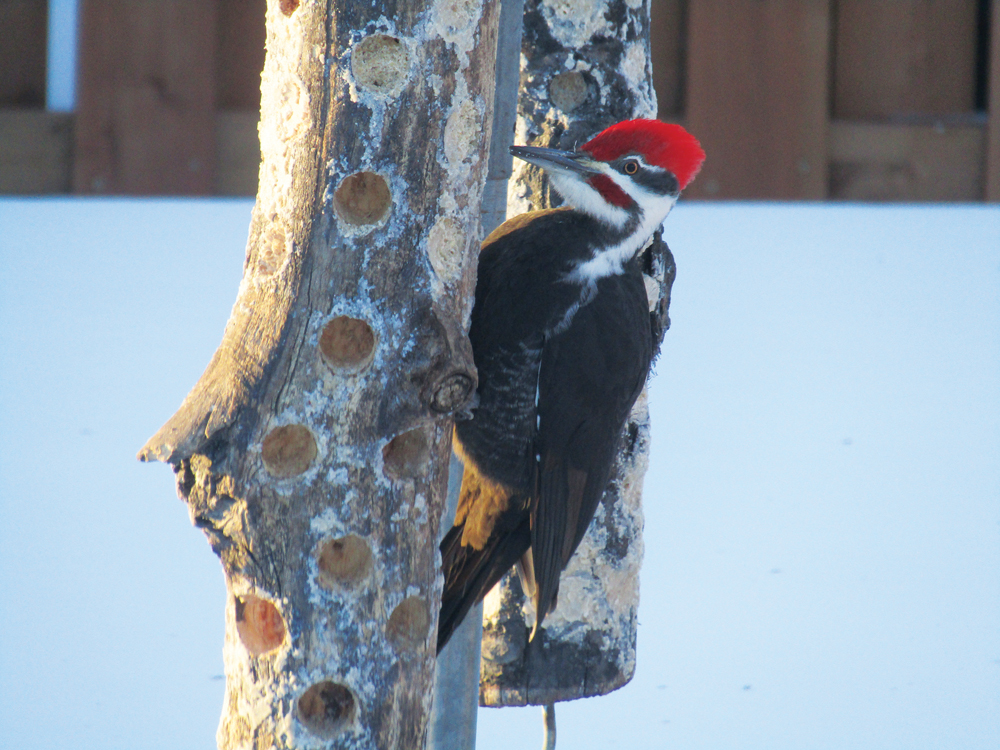
You might also see pine siskins, common redpolls and crossbills. Numbers are often dependent on the availability of food farther north. One other species to watch for is the Eurasian collared dove, a newcomer to southern Manitoba that is gradually spreading across the province.
Even if your only visitors are the usual chickadees and woodpeckers, feeding and photographing birds can be an interesting pastime for many. Start now. Winter will be here for many months.

